Do you have a question about the Maxtor Personal Storage 3100 and is the answer not in the manual?
| capacity | 80GB, 100GB, 200GB, 250GB |
|---|---|
| model number | M01B080, M01E100, M01E200, M01H250 |
| RPM | 7200 |
|---|---|
| cache buffer for 80GB model | 2MB |
| cache buffer for 100GB and 200GB models | 8MB |
| cache buffer for 250GB model | 16MB |
| average seek time for 80GB model | ≤ 9.3ms |
|---|---|
| bus transfer rate (maximum) | 480 Mb/sec |
| operating temperature (Celsius) | 5º C to 35º C |
|---|---|
| operating temperature (Fahrenheit) | 41ºF to 95ºF |
| dimensions | 1.75 x 6.0 x 8.75 inches |
|---|
| AC input voltage | 100-240 VAC |
|---|---|
| input frequency | 47-63 Hz |
Expresses gratitude for selecting the Maxtor Personal Storage product.
Lists essential safety and handling guidelines to prevent product damage and warranty voiding.
Details processor, OS, RAM, and internet needs for Windows PC compatibility.
Lists all items included in the Maxtor Personal Storage 3100 package prior to installation.
Explains compatibility with USB 1.1 ports and requirements for USB 2.0 speeds.
Describes automatic driver installation for Windows ME, 2000, and XP operating systems.
Outlines steps for downloading and installing drivers required for Windows 98SE.
Provides step-by-step instructions for connecting the power adapter to the device.
Illustrates and describes how to connect the USB data cable to the computer and drive.
Details the correct steps for safely disconnecting the device from the computer.
Explains how to reconnect the device after it has been safely disconnected.
Guides users on reformatting the drive to the NTFS file system for larger files.
Troubleshoots why the Personal Storage 3100 might not be recognized by the system.
Instructions on downloading and running the Maxtor diagnostic tool for the drive.
Explains why reported drive capacity may differ from the box label due to numbering systems.
Addresses slow performance issues when using the USB 1.1 interface for data transfer.
Explains the Windows XP message about high-speed devices on low-speed ports.
Helps resolve performance problems related to USB 2.0 adapter cards.
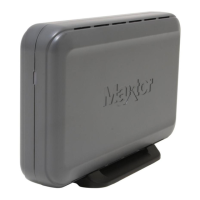
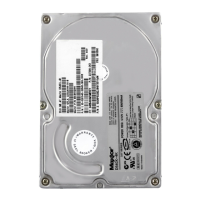

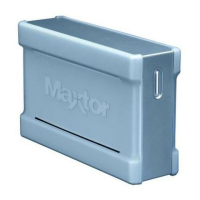

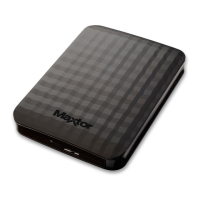

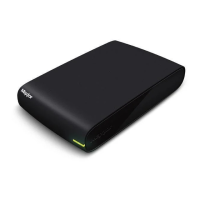
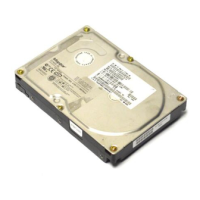
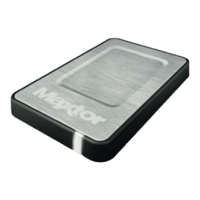
